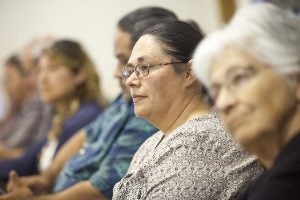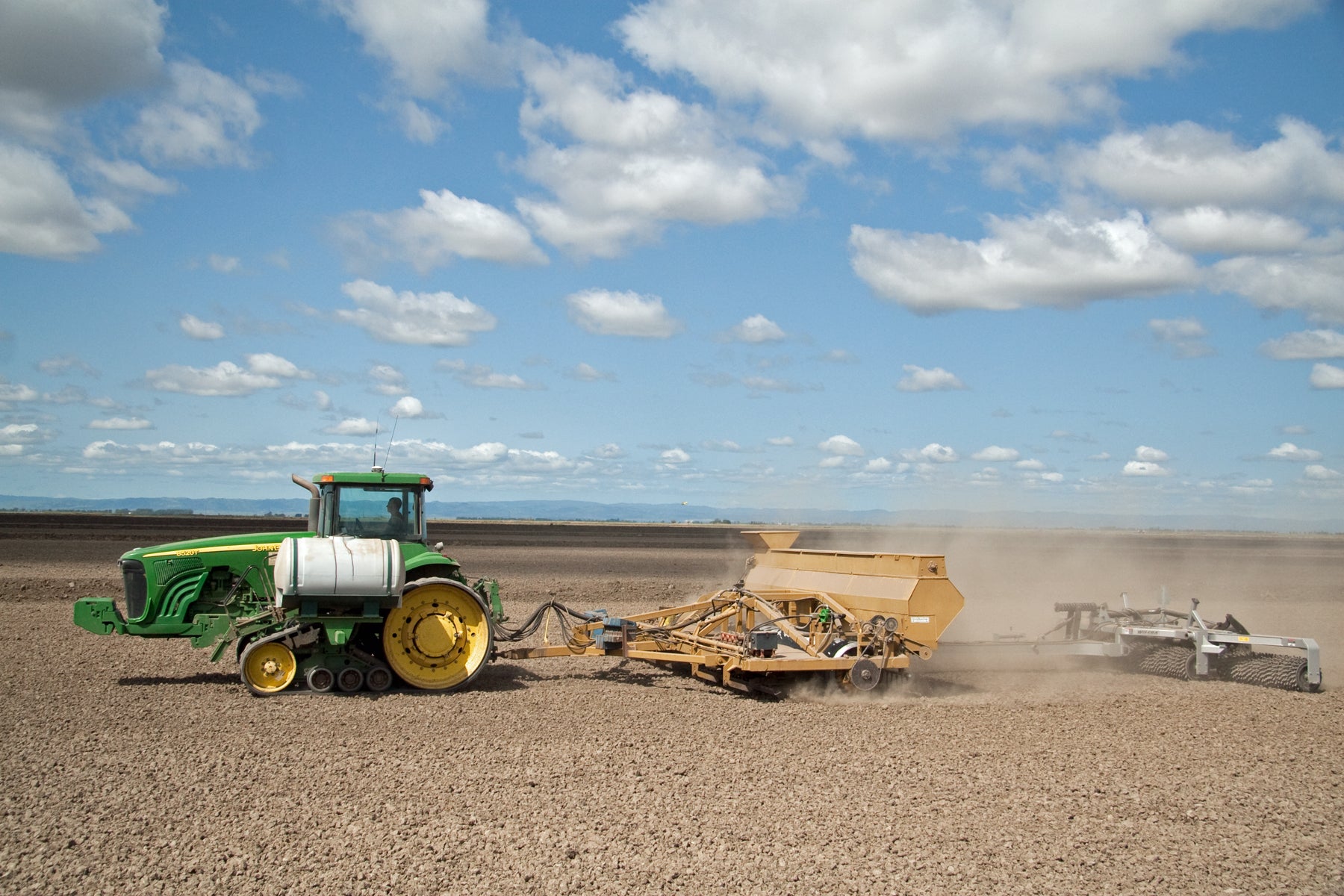
Water board leaders from 13 communities throughout California’s Central Valley attended the Leadership Academy to build engagement capacity and share lessons about small water system management. (Credit: Kike Arnal)
California’s Central Valley, which stretches 450 miles from Redding in the north to Bakersfield in the south, is the nation’s richest agricultural region, producing 40 percent of our fruit, vegetables and nuts on nearly 9 million acres of irrigated farmland. The Valley is also ground zero for California’s water problems.
As California endures its fifth year of drought, cities, farms, and communities across the state are experiencing severe water stress. Rivers, lakes and reservoirs are drying up, so residents are turning to groundwater pumping to quench their thirst. As a result, many of the state’s groundwater aquifers are being depleted, causing wells to run dry or become contaminated.
The most critically overdrawn aquifers are in and around small, rural communities in the Central Valley. Here, thousands of people—many of them low-income farm workers—live without safe drinking water.










